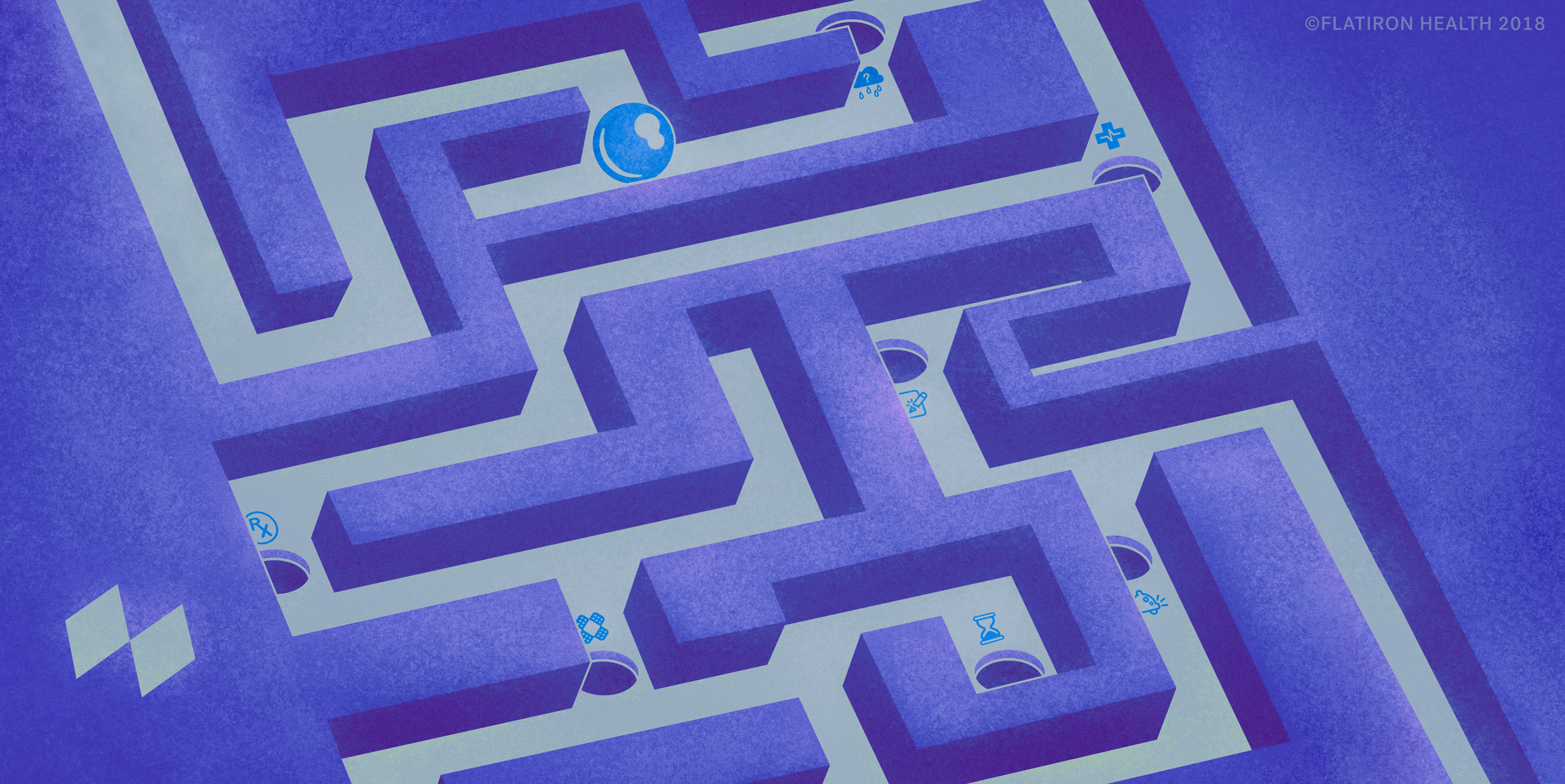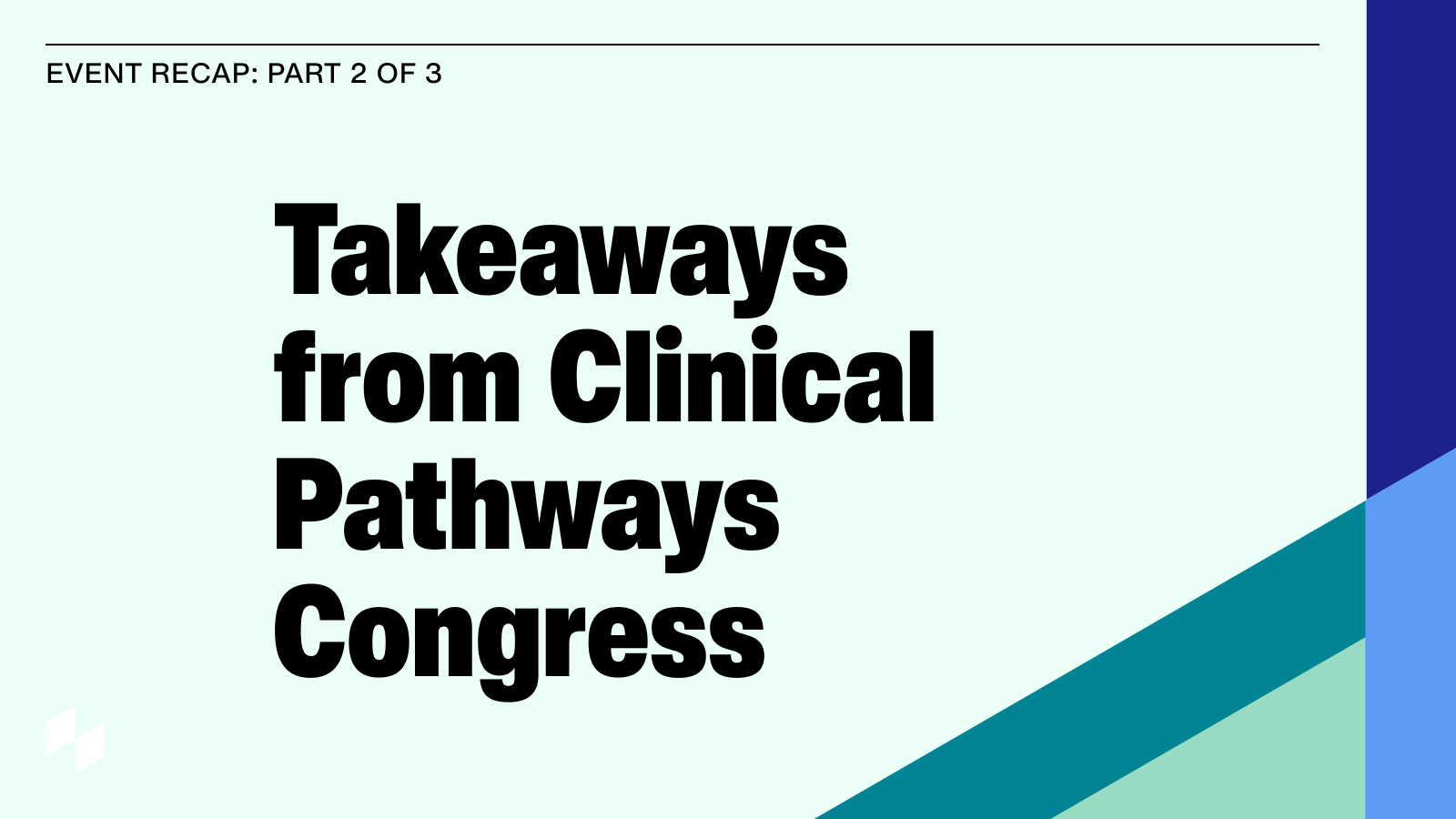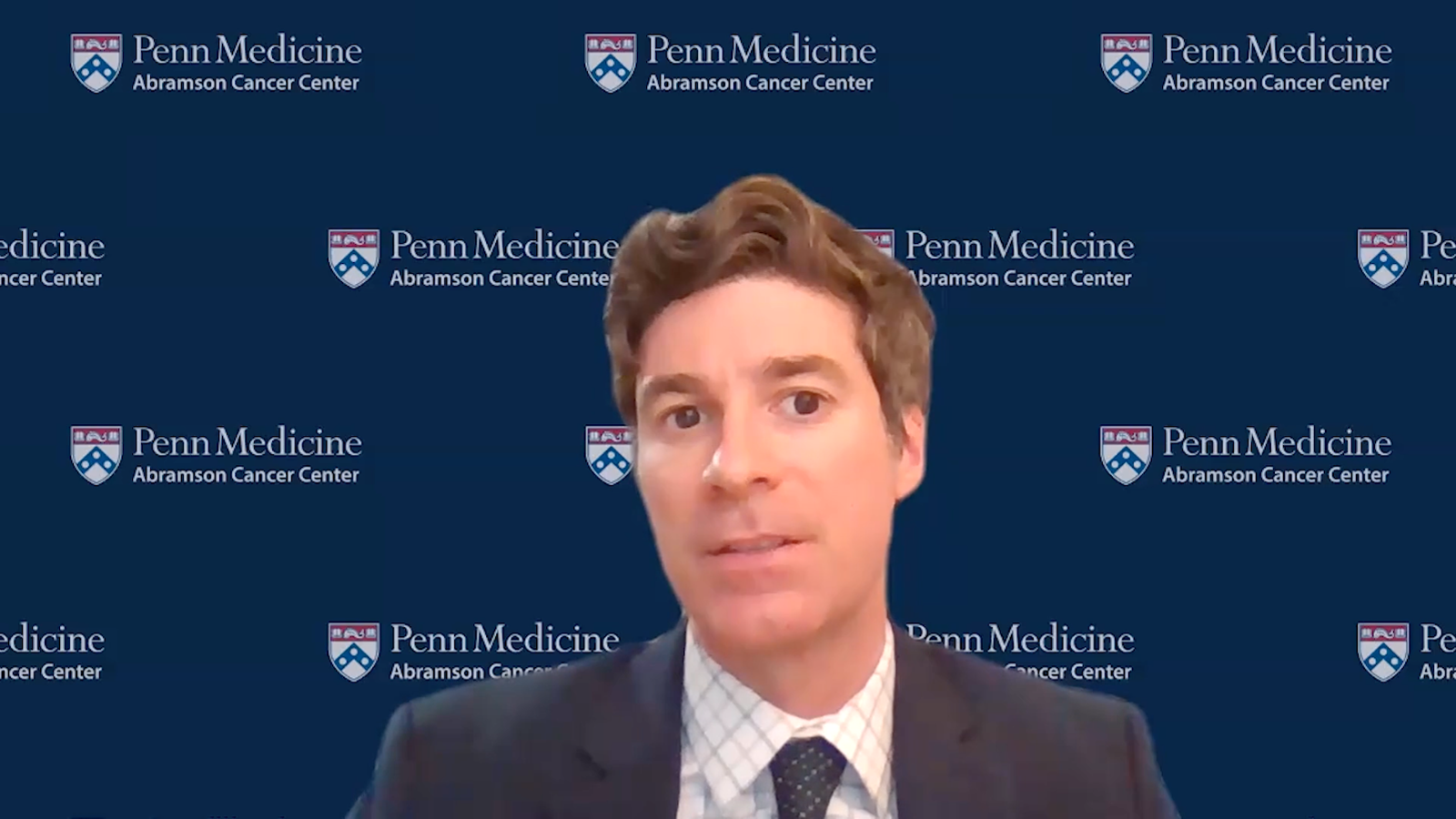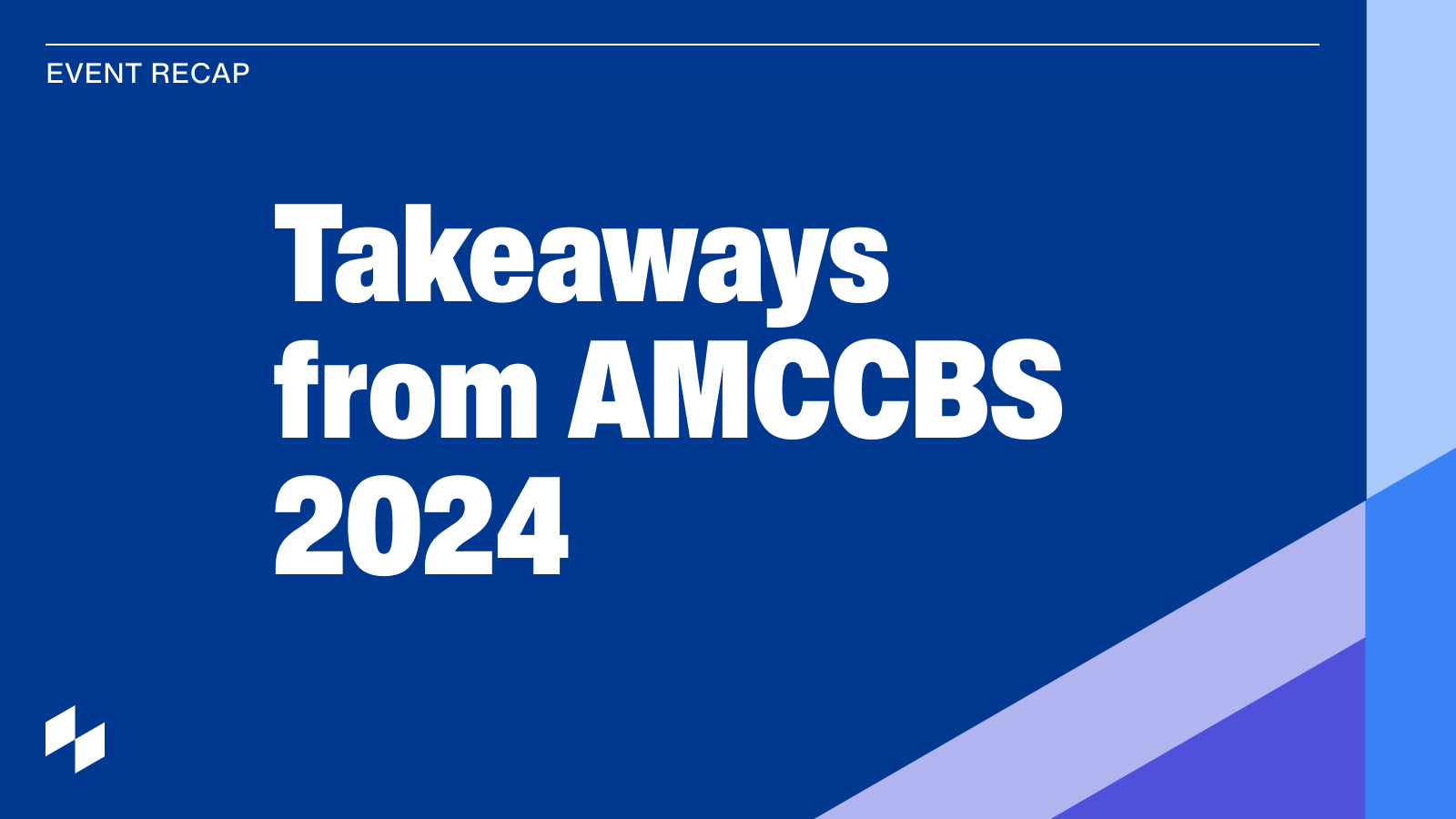This post was originally published on LinkedIn.
The physician visit note is many things to many people.
To the patient, they contain their personal health story.
To the clinicians who create them, they are the result of hours of work, day after day, year after year.
To the clinic, they become legal documents that must be preserved for years.
They are filled with fancy words, often with a little Latin thrown in.
They are long. Painfully long. Agonizingly difficult to read. Repetitious.
They are also, far too often, useless.
I live on both sides of the aisle. I am tortured having to sort through the abominably long and relatively devoid of important information monoliths created by my physician colleagues. But, to be fair, I create them too.
It was Dr. Lawrence Weed , exactly half a century ago, who set the revolutionary framework for the problem-oriented medical record (POMR), as a way to record and monitor patient information. To be fair, these written notes had their fair share of problems. Before computers, physician notes on paper were often illegible and held hostage — trapped in the physical confines of the paper chart. A distracted colleague could throw the day into chaos by accidentally putting a chart in the wrong bin on the ward. Spilled coffee could effectively and permanently delete important information. But at least they sometimes said something useful.
We assumed that technology would eventually make things better, and in some ways it has — my visit notes don't have weird stains from unidentifiable beverage spills. I rarely interact with hole punchers anymore (unless I want to throw one at a computer). I can sit in one chair and access all of my patients' records, instead of endlessly walking around searching for the right chart.
But go talk to a doctor. Any doctor. Ask them what they think of the physician visit note in this modern era of artificial intelligence, machine learning, self-driving cars. You will not get one positive response, not one.
I am an oncologist. I take care of cancer patients. That's what I do. And I think I'm reasonably good at it. And one of the main reasons I'm good at it is because that's my core area of focus. I stay away from other things. I don't take care of patients with arthritis. I don't read and interpret pathology slides. I don't perform surgery. As healthcare becomes more complex, it's increasingly important that clinicians specialize in the problem for which they are trained. For oncologists, that's cancer. I rely on my expert colleagues for help in areas beyond my expertise.
But here's the challenge. Unlike clinicians, the physician visit note tries to do too many things at once. It's always been a problem, but as the number of documentation requirements has drastically increased over the last decade, the visit note has become a dumping ground — a jack of all trades, but a master of none.
Specifically, today's visit note attempts to solve three wholly different problems:
-
Document the amount of work a clinician does to justify what they bill. Physicians do things like serve up a long list of negatives in our review of symptoms because it's required — this alone fills up half a page. We do the same thing for our physical exam when we write absurd things like "no splenomegaly" for the twentieth time in a year. You can argue whether this information is relevant and if pertinent negatives are helpful. But the format in which it's captured often obscures what is most critical. Two pages of a negative review of systems shouldn't hide that the patient was having 8/10 pain.
-
Serve as the clinician's source of truth and our main reference point. I need to know certain things about my patients in order to take good care of them. This includes which chemotherapy treatments they've previously had if they have a targetable EGFR mutation. I need to know that I ordered a CT scan to review next week. I should remember that they have a spouse sick at home that they care for which impacts their ability to come in for regular treatment. But EHRs don't create a framework to easily retrieve this information, instead functioning only as digital filing cabinets.
-
Communicate with other clinicians who also care for the patient. My colleagues don't need a full patient history summary or all of my negative physical exam findings every time I send them a note. When Mrs. Jackson receives a blood transfusion for her MDS, it's the blood transfusion that's important. They need to be able to see the important things without getting lost in details. The time clinicians spend digging through notes from referring doctors to find that one nugget of useful information is an epic waste.
Our notes do many things, and none of them well. But it doesn't have to be this way.
Imagine a world where the visit note serves as a framework for how we input and share information, where it isn't actually a physical note, but a framework for how we input and disseminate information.
Imagine the long list of negatives that have to be documented for a ROS or PE, or the data point that gets entered for the 10th time that the lifetime non-smoker hasn't started smoking again; imagine that these things never clutter up what my referring doctor has to see when she reads my note.
Imagine that I can enter staging and genomic information and then that information becomes easily retrievable and relevant.
Imagine that the abnormal physical exam findings are what I see highlighted, but not the normal negatives.
Imagine I'm prompted to make sure that "port in left chest wall" on my exam doesn't stay in my note years after the port is removed.
Imagine that I can spend 50 percent less time on my computer, and 50 percent more time with patients.
I do believe that there is a world in which the visit note actually gets better. We need to advocate for a reduction in documentation requirements, and kudos to CMS for finalizing a policy that starts to do this. And technology must play a role. Surely in a world where rockets can land themselves, we can build a better visit note. As someone who works at a health tech company, I am inspired by what engineers, designers, product managers and many of my other talented colleagues can do. As we strive to solve problems that matter, this, without question, matters. All of us who build EHRs for physicians have an obligation to make things better. An obligation to, as Dr. Weed wrote , create an environment where "...the art of medicine will gain freedom at the level of interpretation and be released from the constraints that disorder and confusion always impose." Stay tuned.



